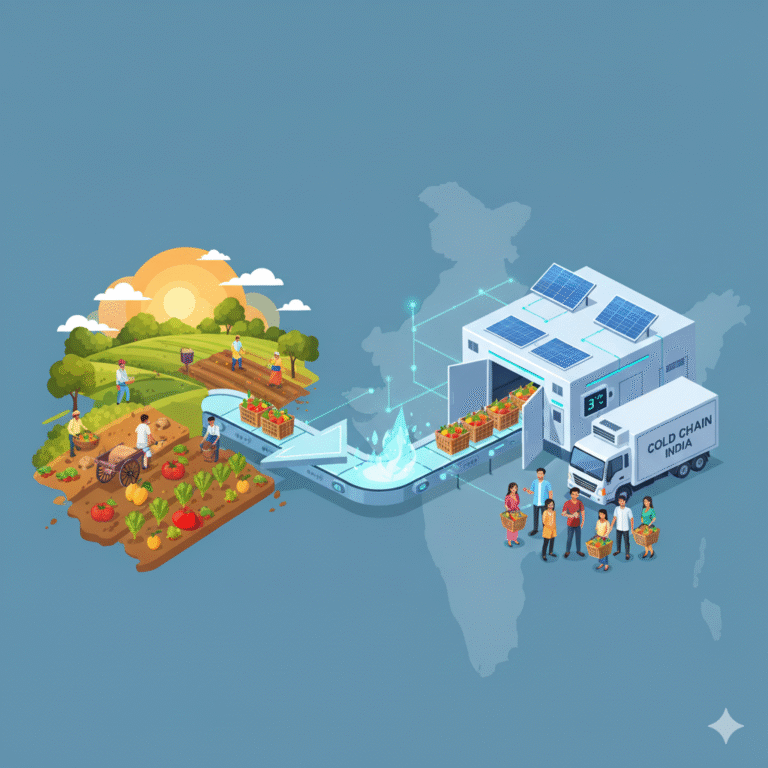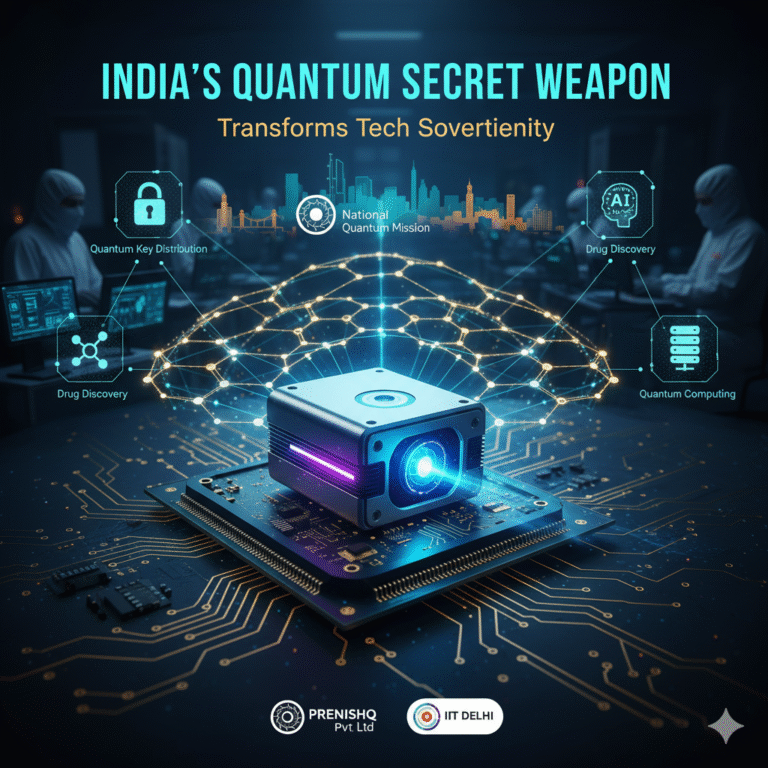In the rapidly evolving world of blockchain technology, user experience often becomes a stumbling block to mass adoption. One of the biggest culprits? Gas fees—the small but frequent transaction costs users must pay every time they interact with a blockchain.
However, an innovative solution is gaining momentum: gasless transactions. These allow users to interact with decentralized applications (dApps) without paying gas fees, eliminating one of the most frustrating barriers to entry in Web3.
So what exactly are gasless transactions, how do they work, and what are the implications for businesses, developers, and end users? Let’s explore this revolutionary concept that’s reshaping the future of blockchain usability.
What Are Gasless Transactions?
To understand gasless transactions, we first need to explain gas fees.
In blockchain networks—especially Ethereum—every interaction (sending tokens, minting NFTs, or voting in a DAO) requires computational work. The network charges a fee, known as gas, to compensate validators for processing these transactions.
Traditionally, users have to pay these fees themselves, usually in the native token of the blockchain (like ETH). But with gasless transactions, the cost is either sponsored by someone else or deferred, meaning the user doesn’t need to spend anything up front.
This creates a frictionless, smoother user experience, similar to how Web2 apps operate. Imagine using Instagram and being asked to pay a fee every time you post a photo—most people would quit before starting. That’s what gasless systems aim to fix in Web3.
How Do Gasless Transactions Work?
Gasless transactions use a mechanism called meta-transactions, enabled through a pattern known as “transaction relaying.” Here’s how it works:
🧑💻 Step 1: User Signs a Message
Instead of submitting a transaction and paying gas, the user signs a message authorizing an action (e.g., transfer tokens, vote on a proposal).
🧵 Step 2: Relayer Picks It Up
A relayer (a third-party service or infrastructure) broadcasts the transaction to the blockchain on behalf of the user, paying the gas fee on their end.
🛠 Step 3: Smart Contracts Validate It
Smart contracts check the user’s signature and carry out the action as if the user had submitted the transaction themselves.
💸 Step 4: Sponsor Handles the Fees
In some models, a sponsor (like a dApp or DAO) covers the gas cost. Alternatively, relayers may charge businesses off-chain or include costs in subscription plans.
Types of Gasless Transactions
There are several variations of gasless systems, depending on how fees are managed:
1. Fully Sponsored Transactions
The dApp or business pays the gas on behalf of the user. Popular for onboarding new users or promoting engagement.
2. Meta-Transactions via Relayers
Users sign a message; a relayer submits it with their own gas. Gas fees may be reimbursed later or baked into pricing.
3. Gas Fee in Alternate Tokens
Instead of ETH, users can pay fees in stablecoins or ERC-20 tokens, making transactions simpler.
4. Layer 2 Gasless Models
Networks like Polygon, Arbitrum, Optimism, and zkSync offer lower fees and sometimes integrate gasless features natively through Account Abstraction (ERC-4337).
Why Gasless Transactions Matter
Now that we’ve covered the technical side, let’s talk about the real-world benefits. Why are gasless transactions such a big deal?
✅ 1. Lower Barriers to Entry
Gasless interactions eliminate the need for users to acquire ETH (or other native tokens), which can be intimidating, confusing, or costly for beginners.
✅ 2. Seamless Onboarding
New users can engage with dApps without needing a wallet full of tokens. This leads to faster adoption and a better first impression.
✅ 3. Better UX = More Users
A smooth, Web2-like experience encourages more frequent engagement. Users don’t have to pause to consider the cost of every interaction.
✅ 4. Enables Subscription or Freemium Models
Gasless systems allow dApps to offer subscription-based access or free tiers—concepts common in Web2 but rare in crypto.
✅ 5. Retains and Rewards Users
Gasless models make it easy to reward loyal users with free token drops, voting rights, or access, all without friction.
Industries and Use Cases
Gasless transactions aren’t just a technical novelty—they’re already reshaping several industries and use cases:
🖼 NFT Platforms
Creators can mint NFTs or list items without paying fees, reducing cost barriers and encouraging more art and creativity.
Example: Mintdropz and Niftory offer gasless NFT minting for creators and brands.
🕹 Gaming
Blockchain games need frequent in-game interactions. Gasless models allow real-time play without disrupting flow or immersion.
Example: Web3 games like Zed Run or Illuvium explore gasless economies to encourage player retention.
👥 Decentralized Social Media
Posting, liking, commenting—all involve transactions on blockchain-based social networks. Gasless transactions make this economically viable.
Example: Lens Protocol uses relayers to enable social actions without fees.
📚 Education and Certification
Issuing verifiable credentials or badges on-chain can be done without asking students to pay fees, making edtech more accessible.
🛍 eCommerce and Loyalty
Web3-native stores can offer discounts, coupons, and rewards via NFTs or tokens—without passing on the cost of fees to users.
Key Technologies Enabling Gasless Transactions
A variety of protocols, tools, and standards are powering the gasless revolution:
🔌 ERC-2771 (Meta Transactions)
Allows smart contracts to accept meta-transactions by trusting a forwarder contract that verifies user intent.
🔐 ERC-4337 (Account Abstraction)
This powerful Ethereum standard separates wallet logic from account logic, enabling smart contract wallets that can automate gas payments or allow alternative fee mechanisms.
⚡ Biconomy
A middleware platform providing plug-and-play APIs for gasless dApps. It supports multi-chain networks and simplifies meta-transaction integration.
💬 Gelato Network
A decentralized automation protocol that allows scheduled, fee-free transactions triggered by predefined conditions.
🧰 Gnosis Safe + Relayers
A multi-sig wallet framework with customizable transaction relaying and fee delegation, useful for DAOs and enterprises.
Security and Trust Concerns
Although the tech is impressive, it’s not without risks. Gasless models introduce new attack vectors:
🧨 Signature Replay Attacks
Unsigned messages can be reused maliciously unless time-stamped or uniquely encoded.
🧪 Relayer Trust Issues
Who operates the relayer? Are they decentralized? Do they front-run transactions? Projects must vet relayers carefully.
🔐 Smart Contract Bugs
Gasless functionality adds complexity to smart contracts, which increases the surface area for bugs and exploits.
Economic and Business Implications
So how do dApps and businesses benefit financially if they’re covering gas for users?
📈 Increased Engagement and Retention
Removing cost friction leads to more daily active users and longer session times.
🧲 Funnel Optimization
More users complete onboarding flows and transactions without drop-off from unexpected fees.
💰 Upselling and Monetization
Free interactions can be used to upsell premium features, subscriptions, or tokens.
🤝 Partnership Opportunities
Brands can sponsor gasless campaigns or white-label features, leading to co-marketing opportunities.
Case Studies: Who’s Doing It Right?
🔹 Dharma (Now part of OpenSea)
One of the earliest wallets to support gasless transactions. Users could swap tokens without holding ETH.
🔹 Lens Protocol
A decentralized social media platform using gasless posting through a combination of ERC-2771 and relayers.
🔹 Immutable X
A Layer 2 for NFTs, providing zero-gas transactions for minting, trading, and gaming. Helps creators onboard users quickly.
🔹 zkSync Era
Combines zero-knowledge rollups with account abstraction to enable smart contract wallets with gasless interactions.
How to Integrate Gasless Transactions in Your dApp
Want to implement gasless systems in your own project? Here’s a simplified roadmap:
Step 1: Choose Your Stack
Select a framework like Biconomy, Gelato, or OpenZeppelin Defender to handle relaying and signatures.
Step 2: Update Smart Contracts
Incorporate ERC-2771 or compatible logic that supports meta-transactions.
Step 3: Deploy a Trusted Forwarder
This is a smart contract that verifies user signatures and forwards the transaction to your contract.
Step 4: Set Up a Relayer
Host your own relayer (more control) or use a third-party service (faster to deploy).
Step 5: Educate Users
Show users they can interact for free. Promote this benefit in onboarding flows, banners, or tutorials.
Challenges and Limitations
Despite its advantages, gasless tech isn’t perfect yet:
- ❌ Still emerging: Not all wallets or dApps support meta-transactions.
- ❌ Cost shifting: Someone must pay the gas eventually—usually the business.
- ❌ Complex architecture: More moving parts = more potential failure points.
- ❌ Regulatory scrutiny: Some jurisdictions may classify sponsored transactions as taxable or value-transfer events.
The Future of Gasless Transactions
Gasless interactions are part of a broader movement toward Web3 mass adoption. As infrastructure improves, they’ll likely become standard.
Future trends may include:
- Dynamic Sponsorships: Advertisers or DAOs paying for user transactions based on intent or behavior.
- Cross-chain Gasless Bridges: Use one wallet to interact across many blockchains without juggling tokens.
- Mainstream Apps Going Web3: Imagine Netflix or Spotify offering tokenized perks via gasless systems—suddenly, millions are onboarded without friction.
Conclusion: The Gateway to Web3 for the Next Billion Users
Gasless transactions are more than a convenience—they’re an essential step toward making blockchain usable, scalable, and user-friendly. By removing one of the most significant friction points—transaction fees—developers can finally deliver the kind of seamless, intuitive experiences that users expect from modern apps.
As Web3 continues to mature, gasless interactions will become the default experience, not the exception. So whether you’re a developer, founder, investor, or curious user, this is one innovation you’ll want to keep a close eye on.









+ There are no comments
Add yours